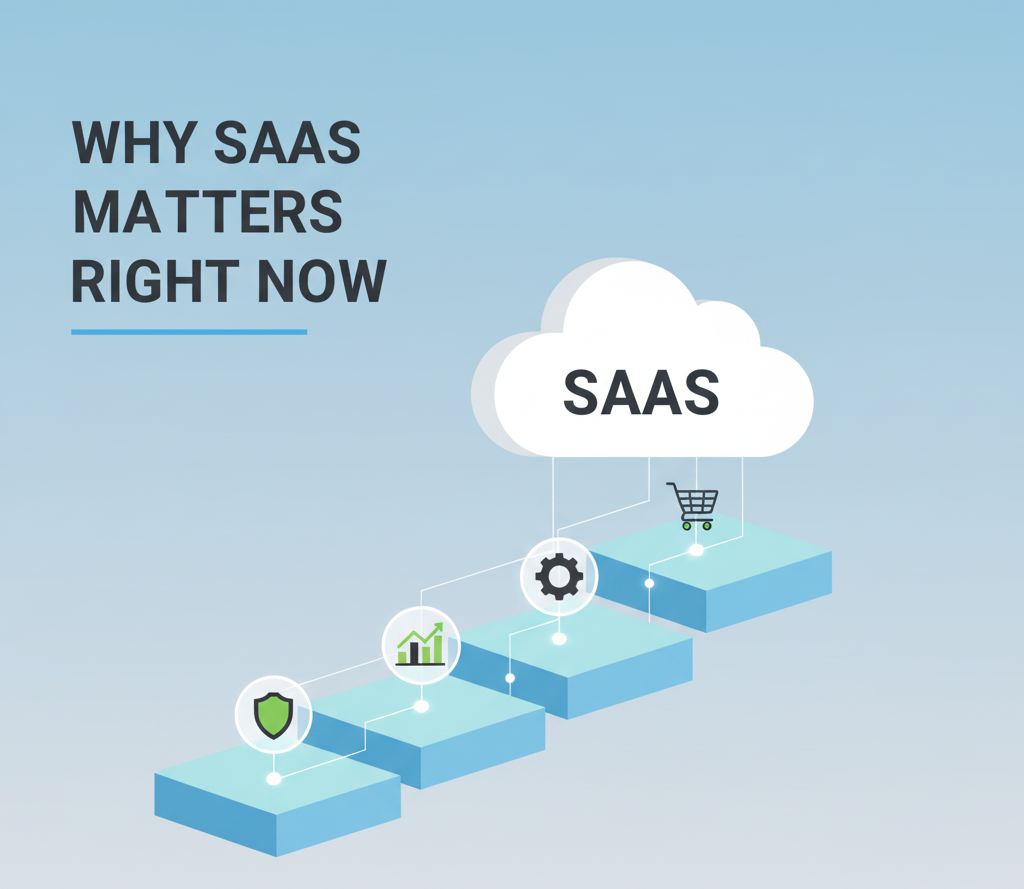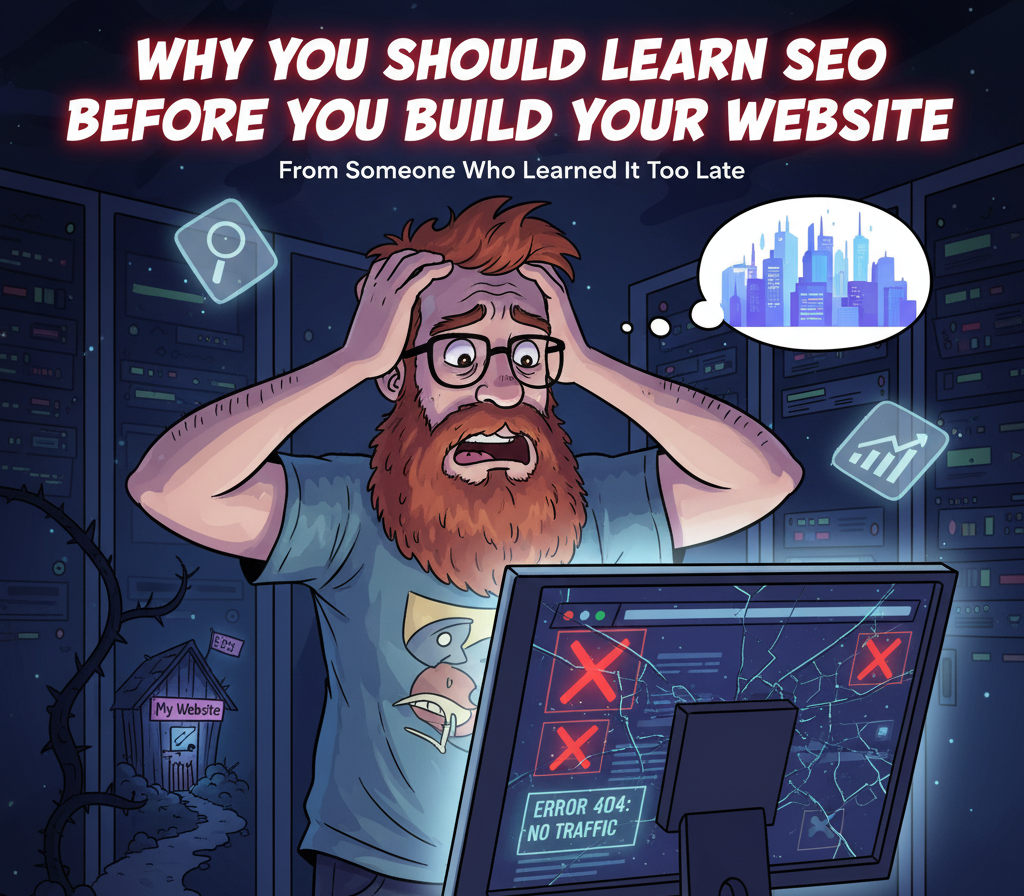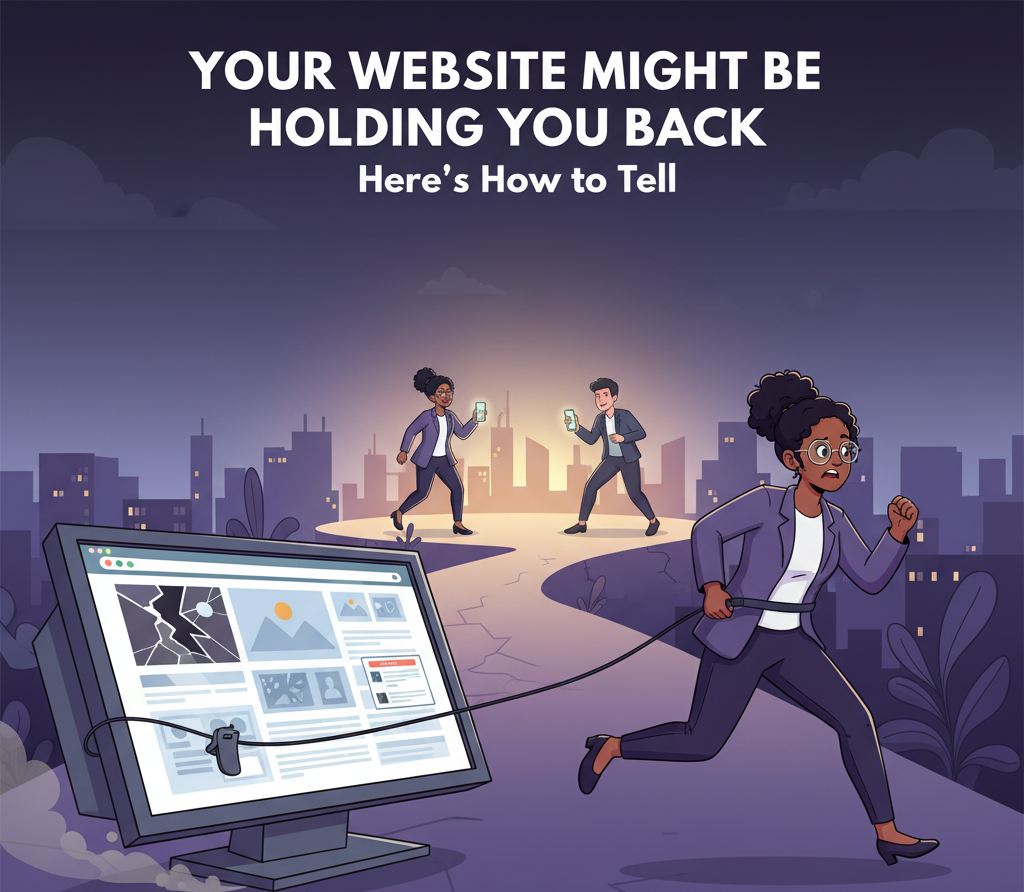In 2025, speed is money.
Every second your website takes to load costs you clicks, customers, and credibility.
People expect instant — not eventually.
A fast, responsive site doesn’t just improve user experience — it directly boosts your conversion rate, sales, and SEO performance.
Let’s break down exactly how website speed impacts conversions, with real-world examples that prove it.
1. Speed Defines First Impressions
Visitors form opinions in milliseconds.
If your page takes more than 3 seconds to load, 53% of users leave instantly (Google research).
A slow site says:
“We don’t value your time.”
A fast site says:
“We’re professional, reliable, and ready.”
Case Study:
When Walmart improved page load time by just 1 second, their conversions increased by 2% across the board.
2. SEO and Speed Go Hand-in-Hand
Google’s Core Web Vitals prioritize speed as a ranking factor.
So, a slow site not only loses users — it loses visibility.
Case Study:
Pinterest reduced load times by 40% and saw 15% more organic traffic and 15% more signups.
Action Step:
Use tools like Google PageSpeed Insights or GTmetrix to test performance. Optimize images, enable caching, and reduce unnecessary scripts.
3. Faster Sites Build Trust and Credibility
A smooth website experience makes visitors feel secure — especially for eCommerce or SaaS startups.
A laggy site feels sketchy; a fast one feels trustworthy.
Case Study:
BBC found they lost an additional 10% of users for every extra second their site took to load.
Action Step:
Host your site on a reliable server and use CDNs (like Cloudflare or Fastly) to deliver content faster worldwide.
4. Speed Directly Affects Conversion Rates
This one’s simple: speed = sales.
Case Study:
Mobify found that improving homepage load time by 100 milliseconds increased conversions by 1.11%.
That might sound small, but for high-traffic businesses, that’s thousands of dollars monthly.
5. Mobile Users Expect Instant Performance
Mobile users are less patient than desktop users. If your mobile site isn’t fast, your bounce rate skyrockets.
Case Study:
Akamai reported that a 2-second delay in load time can increase bounce rates by 103% on mobile.
Action Step:
Prioritize mobile optimization — responsive images, compressed assets, and AMP pages if possible.
Final Thoughts
Your website isn’t just a digital space — it’s your sales engine.
If it’s slow, you’re leaking money.
A fast, optimized site means happier users, higher conversions, and stronger brand credibility.If you’re ready to speed up your website — Droplab can help you build a lightning-fast digital experience that converts.



